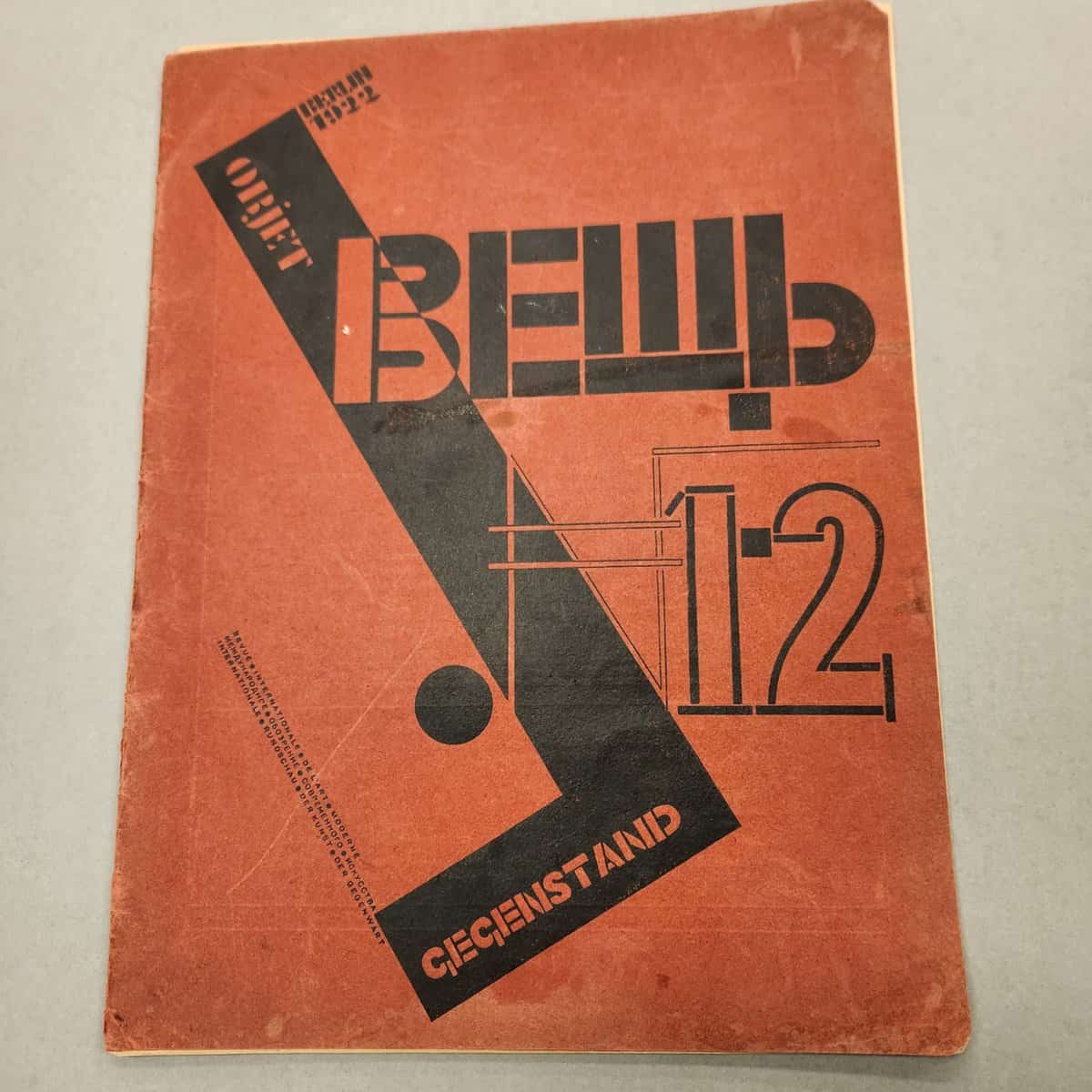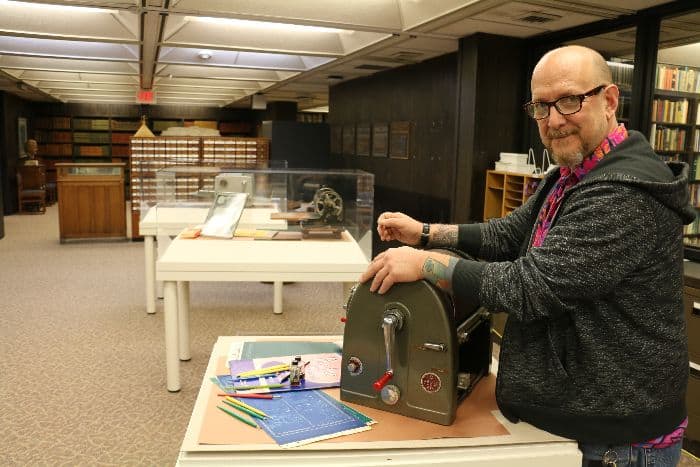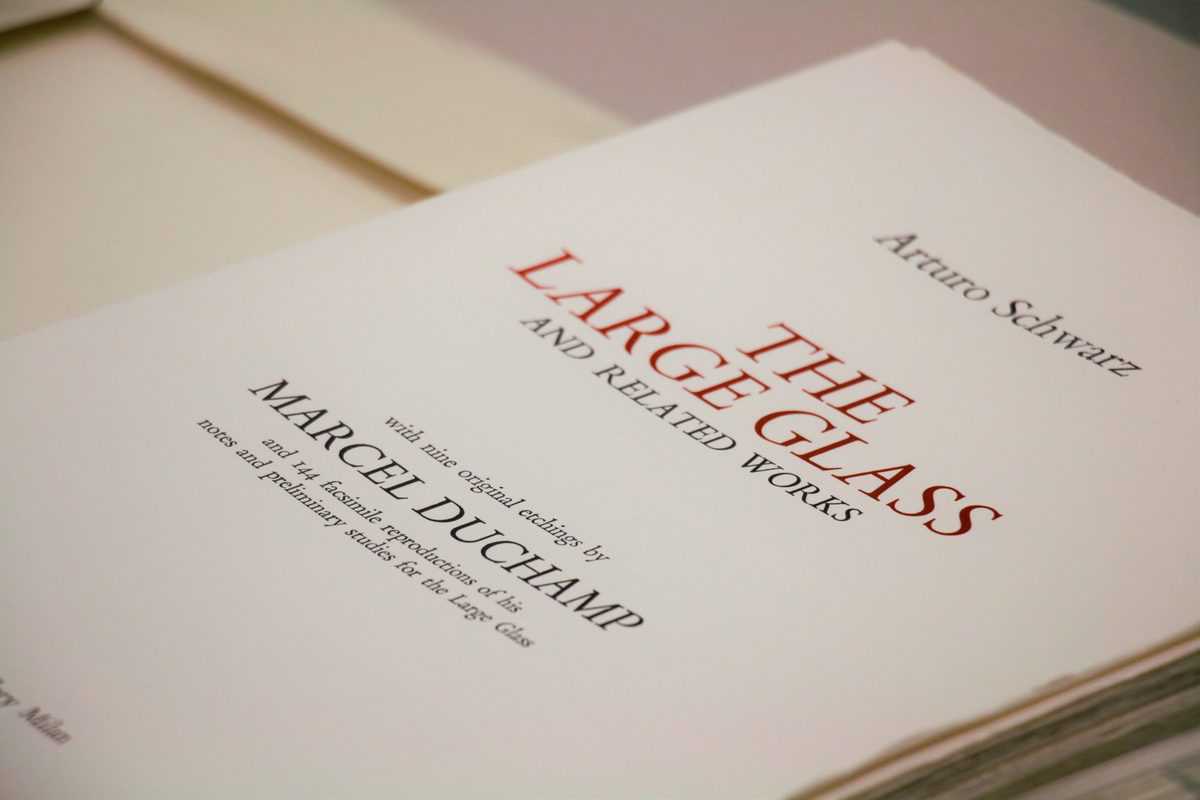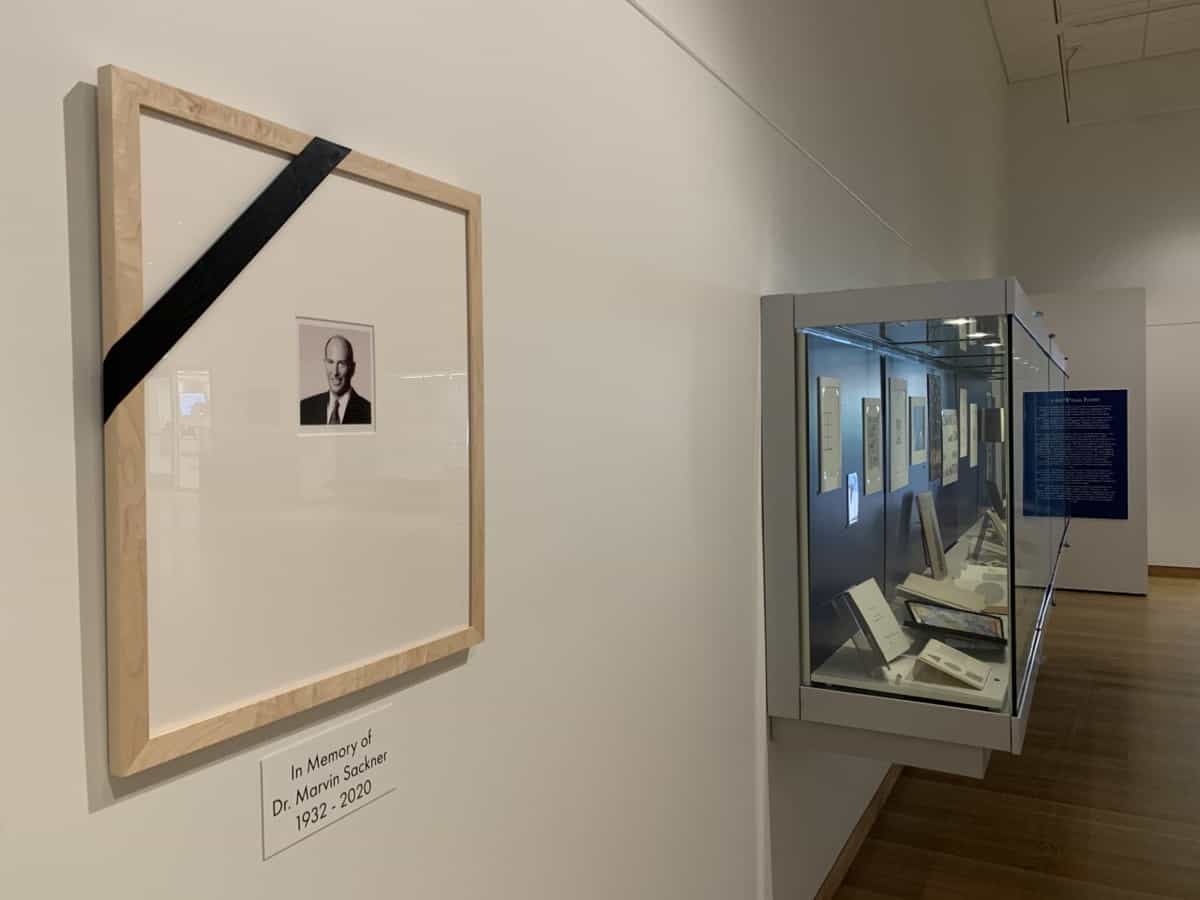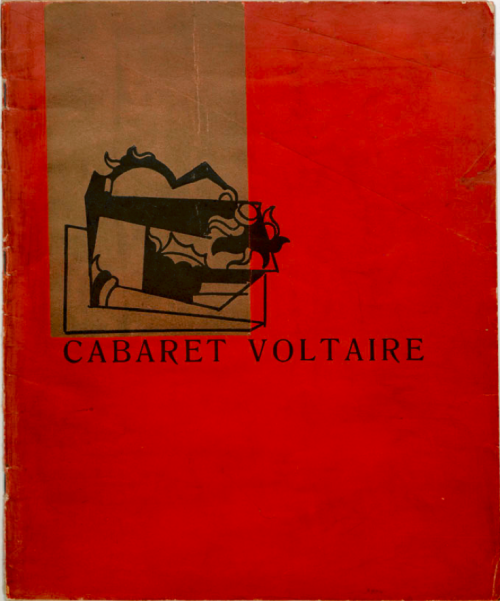The following is written by Tim Shipe, curator of the International Dada Archive Two recent acquisitions by the International Dada Archive illustrate the diversity of Dada and its connection with the developing Central and Eastern European Constructivist movement of the 1920s. Veshch Gegenstand Objet With its trilingual title and multilingual content, Veshch Gegenstand Objet is,Continue reading “Dada collection grows”
Category Archives: Dada
Spirit Duplicators: Early 20th Century Copier Art, Fanzines, and the Mimeograph Revolution
The following was written by Olson Graduate Assistant Rich Dana, and curator of the Spirit Duplicators exhibit in Special Collections & Archives reading room During my three and a half years at Special Collections, I have worked with an amazing range of materials, but my major projects have focused on first, the James L. “Rusty”Continue reading “Spirit Duplicators: Early 20th Century Copier Art, Fanzines, and the Mimeograph Revolution”
The Large Glass finds a home in the International Dada Archive
The following is written by International Dada Curator Timothy Shipe. The latest major acquisition for the International Dada Archive is The Large Glass and Related Works (1967-1968), an impressive collaboration between artist Marcel Duchamp and the Egyptian-born Italian writer and gallery owner Arturo Schwarz. The magnificent set of two large portfolios contains a monograph byContinue reading “The Large Glass finds a home in the International Dada Archive”
A Special Collections Graduate Assistant Remembers Marvin Sackner
The following blog is written by Rich Dana, Olson Graduate Assistant in Special Collections. Dr. Marvin Sackner passed away on September 29th. A national leader in the field of pulmonology and an inventor of innovative medical devices, Marvin Sackner was also an internationally recognized authority in the field of word-art, known as concrete or visualContinue reading “A Special Collections Graduate Assistant Remembers Marvin Sackner”
February 5th: 100th Anniversary of Dada
By Timothy Shipe, Curator of the International Dada Archive Friday, February 5 marks the 100th anniversary of Dada, the avant-garde literary and artistic movement that started in the neutral city of Zurich in the midst of World War I. On February 5, 1916, a group of exiled artists and writers opened the Cabaret Voltaire, anContinue reading “February 5th: 100th Anniversary of Dada”
Issue no. 20 of Dada/Surrealism Journal Now Available
By Tim Shipe, Curator, International Dada Archive, and Arts & Literature Liaison We are pleased to announce the publication of issue no. 20 of our journal Dada/Surrealism, a special number entitled From Dada to Infra-noir: Dada, Surrealism, and Romania.” http://ir.uiowa.edu/dadasur/vol20/iss1/. Co-edited by Monique Yaari of the Pennsylvania State University and Timothy Shipe of the University ofContinue reading “Issue no. 20 of Dada/Surrealism Journal Now Available”
New from the International Dada Archives
Three major new acquisitions from Dada’s transitional period of 1919-1920 document that movement’s spread beyond its World War I origins in neutral Switzerland to the key cultural centers of Europe during the early postwar era. Francis Picabia was one of the chief agents for the propagation of the Dada movement, and his periodical 391 wasContinue reading “New from the International Dada Archives”
